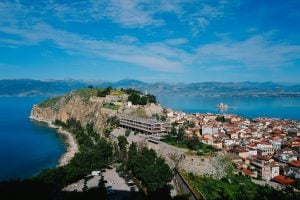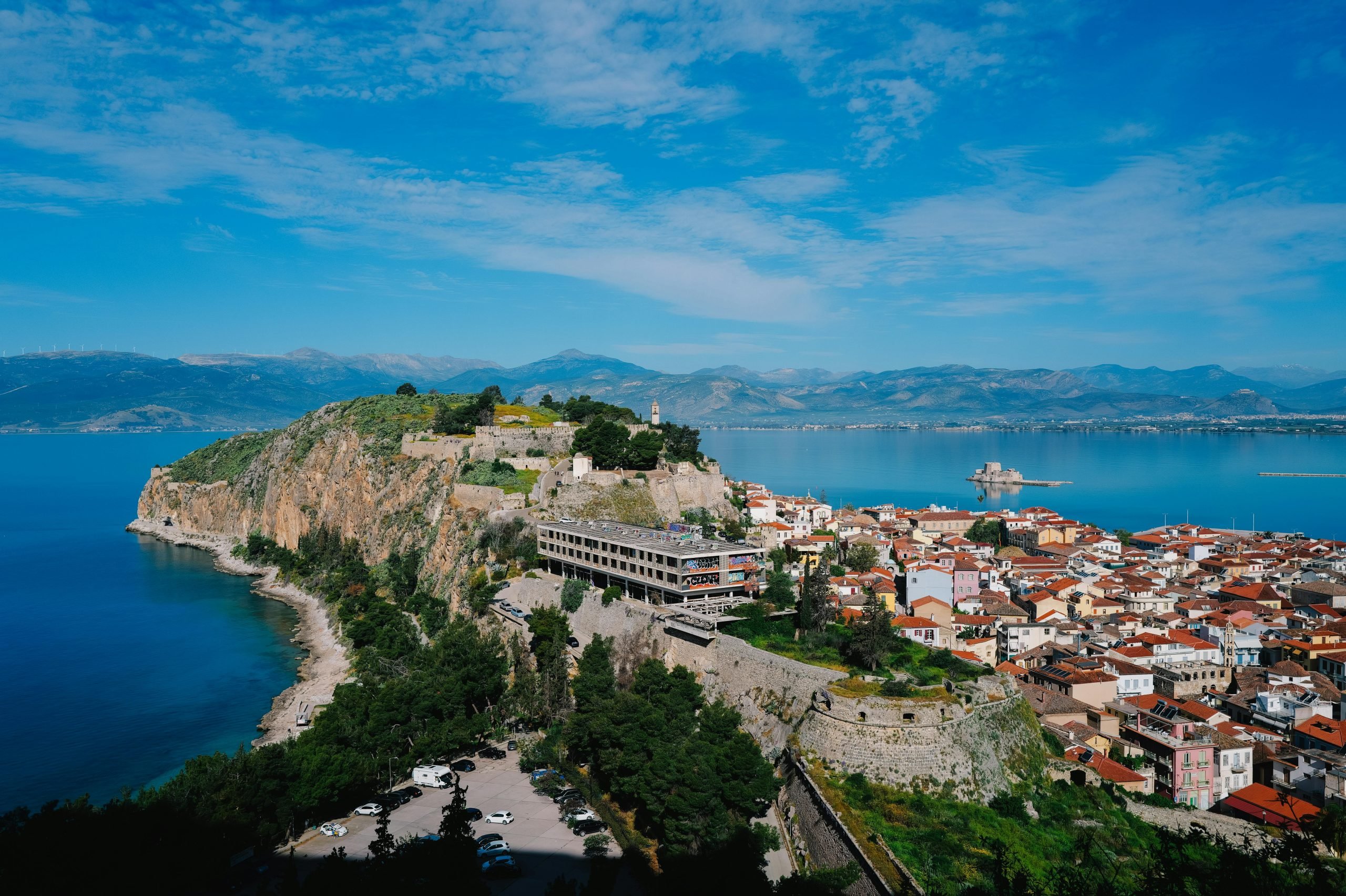Did the Ancient Greeks take summer vacation like we do? Did they have a “vacation home” by the sea where they could relax before returning to work? Did they enjoy a taverna meal by the Mediterranean while watching the sunset, like we do today?

Were There Vacations in Ancient Greece?
To answer this question, we first need to define: what is a vacation? By formal definition, it is a “specific trip or journey for the purpose of recreation or tourism.” The essential idea is to take a break from work and to leave town. In its current form, the vacation is a fairly new idea.
In the days of Ancient Greece, the average family didn’t take vacations. Why would you leave the safety of your city-state to travel into a dangerous territory, potentially risking your life?
There was not much disposable income, and often other factors got in the way. Poor weather, pirates, and the possibility of shipwreck meant that death was a real possibility if you wanted to go on vacation.

The Only “Safe” Vacation: The Ancient Olympics
The Ancient Olympics were one of the most important events in the ancient Greek world for over one thousand years, from 776 BC to 390 AD. They originally featured only a few events: Running, jumping, throwing, boxing, wrestling, pankration, and chariot racing.
The Ancient Olympics were a huge deal. Citizens from all over the Greek empire came, which sometimes meant traveling from modern day Germany, France, Libya, and Spain. One of the reasons for the popularity was not just the sporting events, but also the food. Usually, meat was on the menu for the viewers, which was rare for the common Greek citizen of the time.
In the case that city states were at war (which was often true), temporary access was allowed for travelers to pass through to the Olympics. For many Greeks (up to 50,000 at the height of the event’s popularity), the travel was worth it.

Travel During the Roman Empire
In Greece during the rise of the Roman Empire, traveling became more popular because of how large the Roman Empire was. You could travel a long distance always while feeling you were in a “safe” land. Travel was also easier in Roman times because of the extensive road network the Romans built. At its height, the road covered the distance from Portugal to Turkey.
Still, vacations during this period weren’t exactly like they were today, likely covering shorter distances. In Ancient Rome, travel for leisure was more common for the rich.

Ancient Greek Vacation Homes
This August, a remarkable discovery was made on the island of Evia in Central Greece. What did they find? They unearthed a floor mosaic from a house of the Late Classical period, from the middle of the 4th century.
The pebbled flooring depicts two Satyrs, the characters from ancient Greece. One is young and plays a double flute, and the other has a beard, is older, and likely was dancing to the music.
Given that a joyful scene was depicted on the mosaic, it’s possible that this was an ancient Greek holiday home.

Summer Vacation in Ancient Rome
“Summer vacations” became more popular in the time of the Roman Empire.
In 2000, archaeologists found the remains of a luxury hotel in Pompeii. It was in fact the equivalent of a modern-day five-star hotel, with a spa complex attached.
Some of the popular areas for Roman “tourists” to visit were the Lighthouse of Alexandria, the Pyramids of Giza and the tomb of Alexander the Great, when they were all a part of the Roman Empire. The last recorded visit to the Pyramids of Giza was in 215 AD, when a Roman tourist left an inscription on one of the pyramids: “I visited and I did not like anything but the sarcophagus!”
The ancient town of Baia was also a popular luxury getaway. It was 30 kilometers from Naples, and it was known as the “Las Vegas” of the Roman empire. The wealthy and powerful came here for weekend trips.

Summer Vacation Today
The modern summer holiday likely looks a lot different than it did in Ancient Greece. Our travel has a lot less danger involved. Plus, the growth of railways and the creation of air travel meant that in the 1900s, the average person could travel a lot more often.
At the same time, today it is common to have a five-day workweek, instead of the historic six-day workweek. The five-day workweek was first introduced in the U.S. by Henry Ford to increase productivity, and other countries soon followed. So, the average worker today has two days off over the weekend, which makes day trips and other excursions possible.
The hardest decision when going on summer holiday today is “where should we travel next?”



































